Discover free, customizable personal loan agreement templates — easy to edit, download, and use for secure lending.
Your Go-To Source for Personal Loan Agreements Personal loans don’t have to be complicated. Whether you’re lending to a friend, borrowing from family, or using peer-to-peer lending, we’ve got the right paperwork for you with free templates.
Our collection covers all types of loans—secured, unsecured, fixed, or variable rates. Whatever your situation, we’ve got the perfect template.
Ready to formalize your loan agreement? Click the button below to access our free library of templates, designed for all lending and borrowing scenarios.
Download your template in Word format and take the first step toward financial clarity and peace of mind today. Your financial future starts now!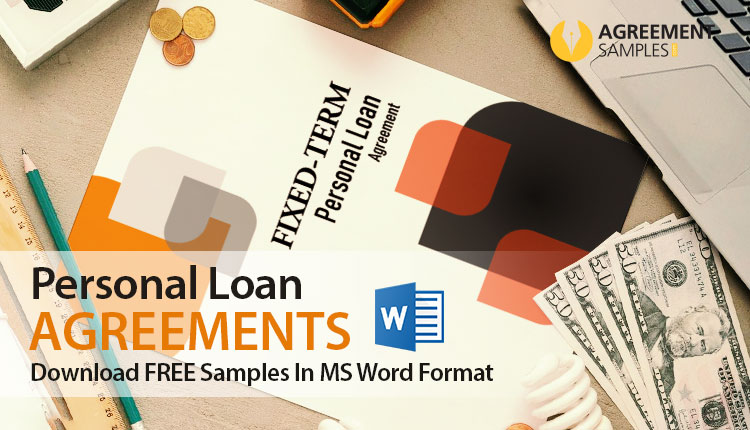
A Personal Loan Agreement is a legally binding contract between a lender and a borrower that clearly outlines the terms of a loan. Unlike informal promises, this written document helps both parties avoid misunderstandings by defining exactly how much money is being borrowed, how it will be repaid, and what happens if payments are missed.
Typically, a personal loan agreement includes:
Personal loan agreements can be used in different situations, such as lending money to friends or family, arranging peer-to-peer loans, or setting up private loans outside traditional banks. By putting the terms in writing, both parties gain clarity, security, and legal protection in case of disputes.

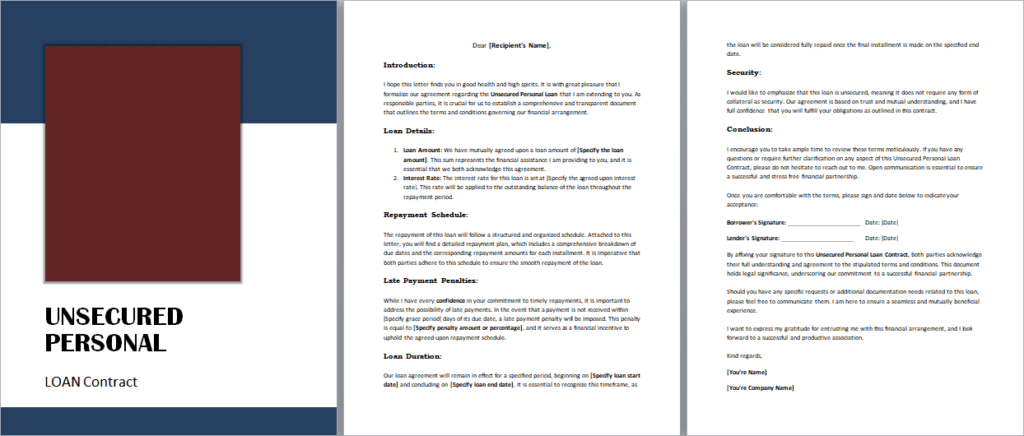







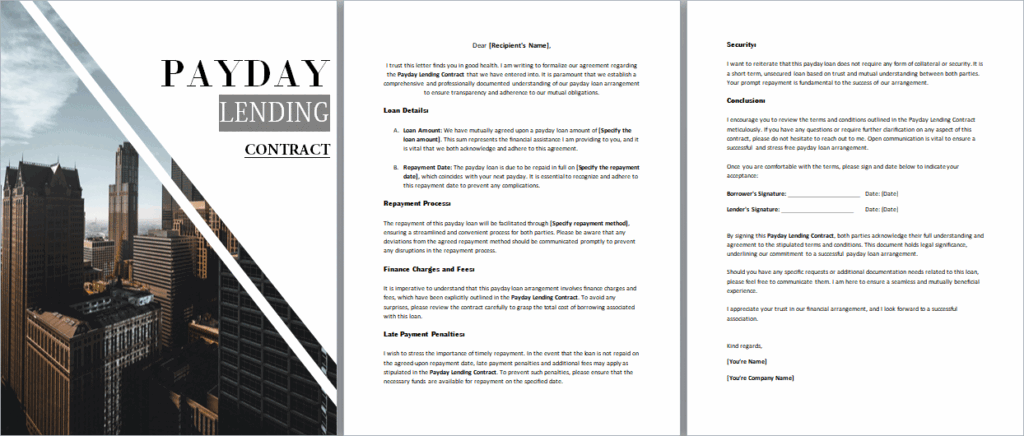

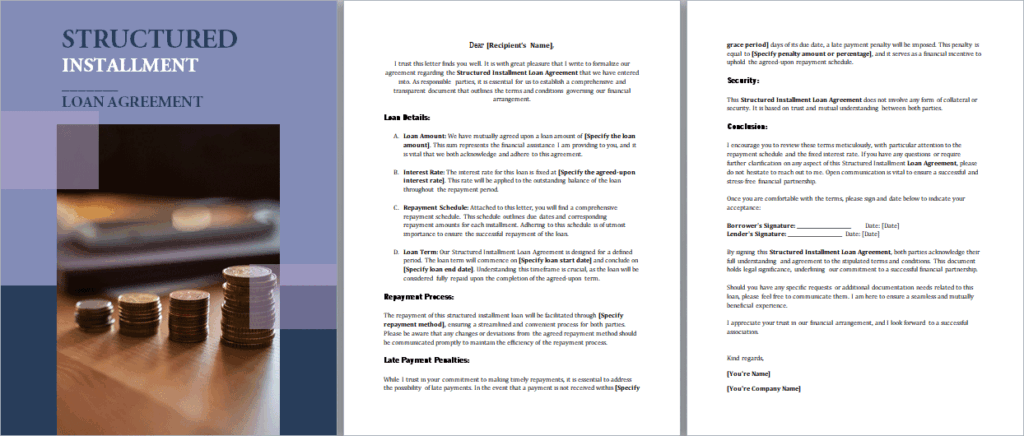

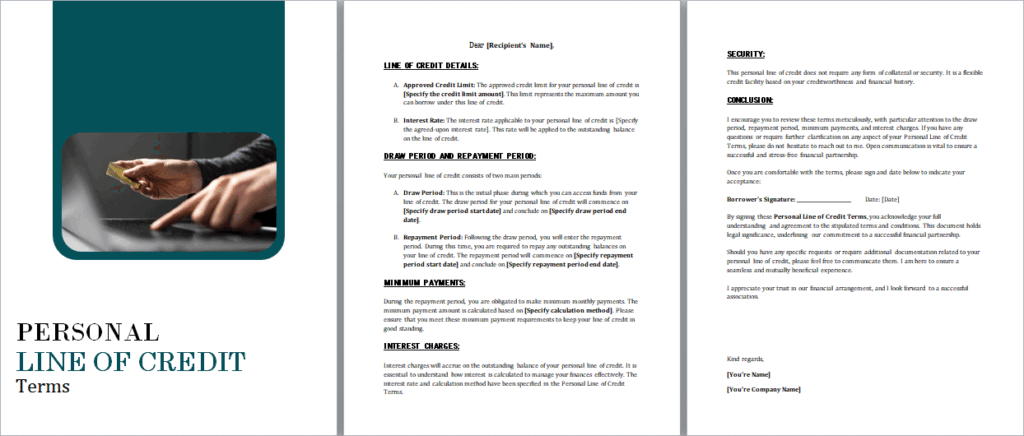

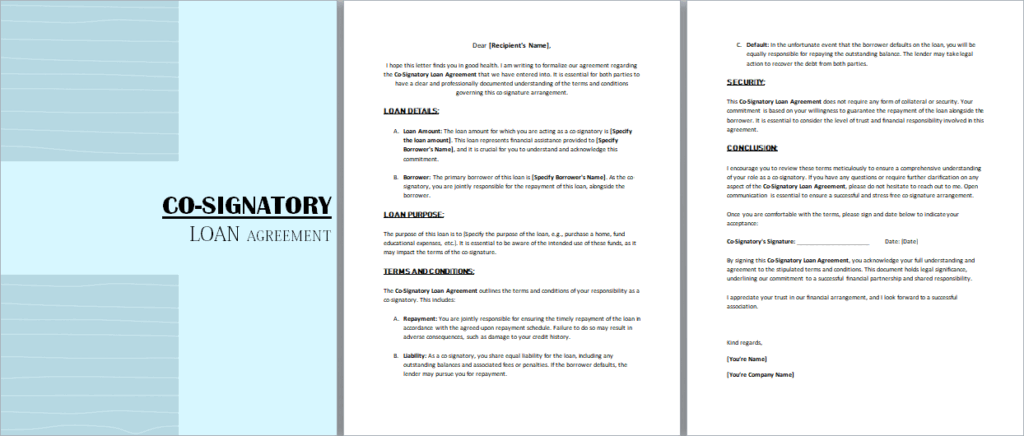

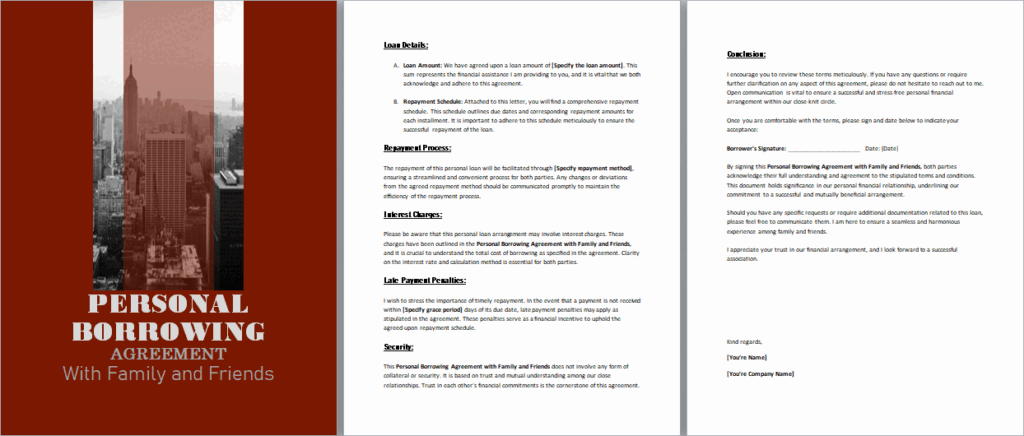

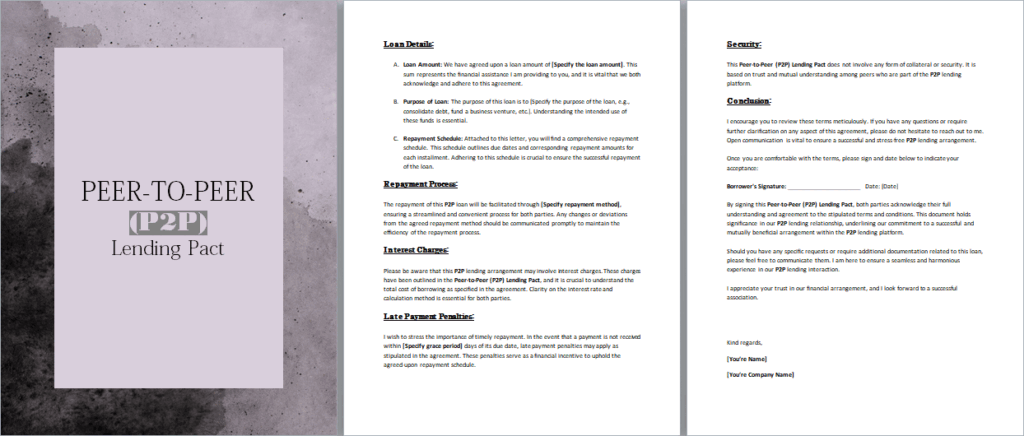


When lending or borrowing money, relying on a handshake or verbal promise can easily lead to confusion later. A written loan agreement keeps things clear and fair for both sides.
Here’s why it matters:
In short, a simple written contract helps you avoid misunderstandings and gives peace of mind to both lender and borrower.

It’s a written contract between a lender and borrower that sets the loan amount, repayment schedule, interest (if any), and what happens if payments are missed.
Yes—when it’s properly drafted and signed by both parties. It can be used as evidence if a dispute arises.
You can. Using a vetted template helps you include key clauses (repayment, interest, late fees, collateral, default). For complex loans, consider legal review.
Not always, but adding witnesses or notarization can strengthen enforceability and reduce disputes—especially for larger amounts.
A promissory note is a promise to pay; a loan agreement is broader and usually covers more terms (security, covenants, remedies). Many personal loans use a simple agreement or a note depending on complexity.
How to Create Payment Voucher in MS Word
← Previous Article
Start Your Restaurant Franchise with 11+ Free Agreements!